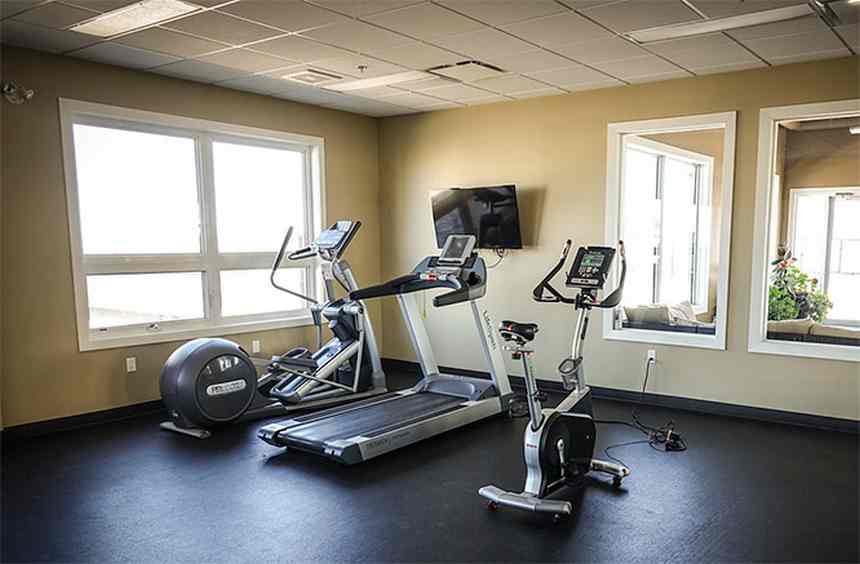by George Gitogo
For most people, nothing is as gratifying as getting in between the sheets and getting some quality shut-eye. But for others, the idea of falling asleep is terrifying.
An example of sleep anxiety, also known as sleep dread or fear of sleep (somniphobia), is when one fears to fall asleep due to nightmares.
You could also have sleep anxiety due to sleepwalking. While sleepwalking, you may harm yourself or others. So, consciously or unconsciously, you start fearing to fall asleep.
Other causes of sleep anxiety include post-traumatic stress, sleep paralysis, the fear of death, and sleep talking.
You need to find a way to overcome this fear. Otherwise, you will suffer the physical and mental effects of sleep deprivation.
There are several ways to overcome sleep anxiety. They include:
Letting go of your worries
You cannot become fearless overnight. However, it is essential to stop worrying. In any case, most of the fears surrounding sleep are perceived – not real. For instance, you may be experiencing sleep anxiety because of the fear of death. But, modern life is generally safe. You are in a closed room inside a locked house. Aren’t the odds of dying so small?
That said, letting go of your worries might not be as simple as changing your perspective. You might need mindfulness strategies such as meditation and deep breathing.
By practising mindfulness, you will learn to focus on the present and ignore the emotion and judgement associated with your fears. Ultimately, you will gain more insight into your fears. Are they overly exaggerated or justifiable?
Practising distraction techniques
Another way to overcome fear is by distracting yourself from it. Visual imagery and muscle relaxation techniques work as good distractions.
Try reading a book until you doze off. Obviously, you should read something fun and calm; not something in the horror genre. You could also watch funny videos. The idea is to distract your brain from worrying. At least long enough for your brain to be too tired to focus on anything other than rest.
You fall asleep quickly when your muscles are relaxed. And, quickly falling asleep means you spend less time awake in bed worrying.
Experts recommend the progressive muscle relaxation technique. This technique involves tensing then relaxing one muscle group at a time. You start by raising your shoulders to the ear level, then slowly letting them fall back. Repeat the tensing and relaxing as you move down to other muscle groups such as the back muscles, arm muscles, abdominal muscles, and calf muscles.
Practising good sleep hygiene
Good sleep hygiene refers to tactics that promote quantity and quality sleep. As an adult, you are aiming at 7 to 8 hours of sleep. The basics of good sleep hygiene include:
- Going to bed and getting up at the same time every day.
- Avoiding naps of more than 30 minutes during the day. A nap refreshes the body and mind making you more productive. But it does not compensate for your inadequate sleep at night.
- Avoiding taking caffeine, nicotine, and other stimulants close to your bedtime.
- Forming a bedtime routine. Perform the same activities every night before you sleep. A bedtime routine for a person suffering sleep anxiety could include a warm shower, meditation, muscle relaxation, and reading a book. Soon your brain will associate these activities with bedtime.
- Limiting bed activities to sleeping (and sex). The idea here is to mentally associate your bed with sleeping. Not any other activity that keeps you awake, such as watching TV and working on your laptop.
Remember, to optimize your bedroom for quality sleep. Consider:
- Investing in comfortable bedding. The mattress, particularly, should be comfortable. (Visit mattressgenius.com for more information on how to shop a mattress).
- The temperature of your bedroom. It should be between 15 and 19 degrees celsius for uninterrupted sleep.
- Darkening your bedroom. Darkness induces sleep. So, invest in blackout curtains, blinds, or shades and avoid bright overhead lighting.
Seeking medical help
Remember, lack of sleep can lead to mental and physical health complications. So, if the methods outlined above fail, seek medical help.
Therapists use the following three methods when treating sleep anxiety:
- Exposure therapy
Exposure therapy is a standard method of treatment for anxiety. The idea is to expose the patient to the source of anxiety, without causing any harm in the process.
Exposure therapy might involve discussing your fears and relaxation techniques. In an attempt to encourage you to overcome the fear of sleep, the therapist might ask you to imagine how good it would feel to get a full night of sleep.
Further exposure might involve showing you pictures of sleeping people who appear to be blissfully resting.
When you appear to be understanding that sleep is more important than the fear, the therapist might encourage you to take short naps with a family member or friend. The idea is to reassure safety as you sleep and reinforce the fact that you can wake up safely.
Further exposure therapy is done in a sleeping lab. There you sleep while a medical expert stays awake observing you.
- Cognitive-behavioural therapy
CBT is another treatment used to overcome anxieties. It is a form of talking therapy where the therapist aims at helping you overcome the fear of sleep by trying to change your thinking and behaviour.
Your therapist will help you challenge the thoughts that cause anxiety around sleeping. Eventually, you will learn to reframe these fear-causing thoughts so that they do not cause anxiety or distress.
Sleep therapists often combine CBT with sleep restriction. Practising sleep restriction means going to sleep and waking up at specific times. Sleep restriction encourages a good sleeping pattern, which is also a good strategy for dealing with somniphobia.
- Medication
No drug treats sleep phobia. However, medicines that address anxiety and fear do exist. A combination of these medications and therapy can be helpful.
Medications your sleep therapist might prescribe for sleep anxiety include:
- Benzodiazepines: these sedatives help alleviate anxiety. However, only use them in the short-term or occasionally as they are highly addictive.
- Beta-blockers: they address the physical symptoms of anxiety, such as high blood pressure and increased heart rate.
These medications are only used for a short time as your doctor works on addressing your sleep anxiety through therapy.
Final thoughts
Dealing with other types of phobias is quite simple: avoid the object of fear. For instance, in the case of acrophobia (fear of heights), you avoid high places. Unfortunately, avoiding sleep is not an option. For this reason, you need to find a way to overcome sleep anxiety. One or more of the methods outlined above might help.
Author Bio
George Gitogo is a contributor at MattressGenius; a website all about helping people make informed decisions when buying mattresses. He is a strong believer that high-quality sleep translates to a relaxed mind, more productivity and a better life in general. When he is not writing about sleep, he is reading something on health and nutrition.









